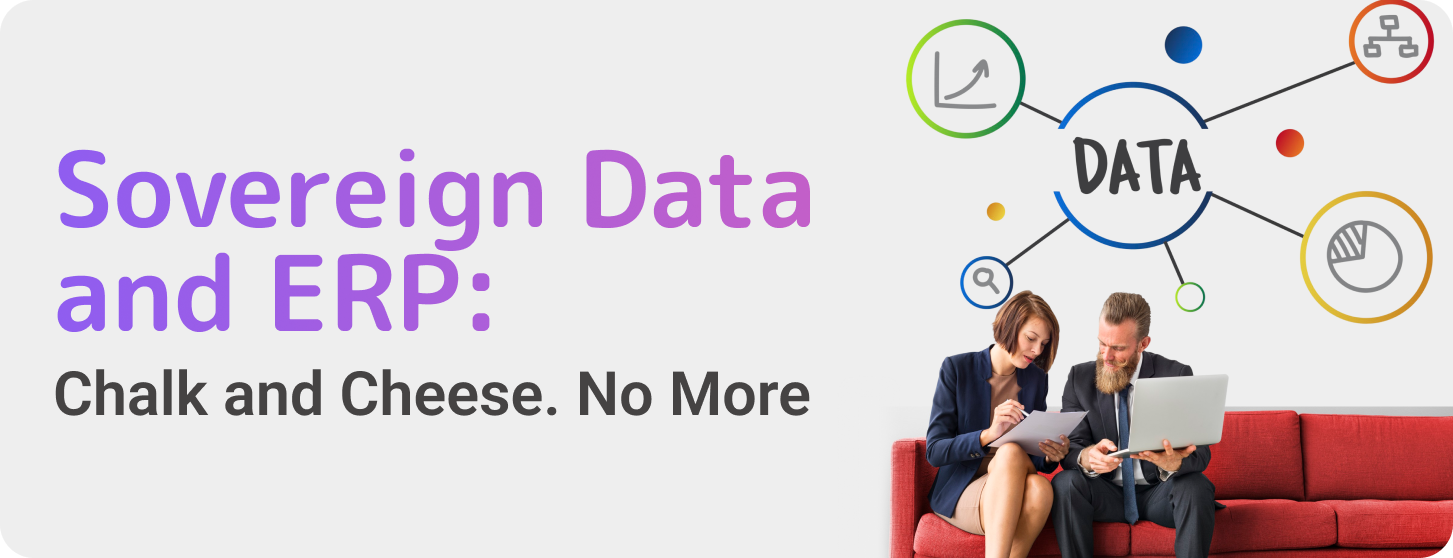

The emphasis and insistence on sovereign data is more than a regulatory ripple. Here’s
what
enterprises get in this new quest
From a side-topic in tech conferences to a hot water-cooler talk at workplaces to a centre-table issue at many forums; data sovereignty has changed in its gravity, tone and coverage- and a lot- in the last few years. Now it is so much more than a ‘nice to have’ bell in a technology brochure. It is now a ‘must-have’ foundation for many regions, regulatory landscapes and technology players.
As visible in a Polaris report, the global sovereign cloud market size had touched USD 7.59 billion in 2024 and is projected to grow from USD 9.83 billion in 2025 to USD 102.70 billion by 2034.
Turn to the IDC report ‘State of Sovereign and Industry Cloud Investment by Asia/Pacific Governments’, and you would observe how government interest in the region for sovereign cloud solutions is rising. This can be attributed to many factors like geopolitical disruptions, increasing cyber threats, evolving data protection regulations, and shifts in digital trade policies. The stress of sovereignty is also turning into an economic advantage, encouraging investments from hyperscalers in local data centers.
About 137 countries, and counting, had enacted some form of data protection and sovereignty laws and 84 per cent organisations said European Union regulations have had a moderate to large impact on their data handling – as seen in an Accenture report in 2023. In fact, as much as 20 per cent of workloads had already been moved to sovereign cloud, with more than a third of surveyed companies watching the potential for eventually moving between 25 per cent and 75 per cent of data, workloads or assets.
In the Forrester report ‘The State Of Digital Sovereignty In Public Cloud, 2024’, we can see how Digital sovereignty concerns are impacting organisations’ public cloud strategies, thanks to regulations such as NIS2 and DORA in Europe, the Data Availability and Transparency Act 2022 in Australia, and technology self-reliance policies in China. There is an unmistakable and strong priority now arising from many governments and businesses for local data storage and processing to align with regulations. Many laws and amendments have emerged that cement the need for data sovereignty in today’s IT landscape. Like General Data Protection Regulation (GDPR) in Europe, the Cloud Act in the US, and various data protection laws in Asia and the Middle East. The effect is more pronounced in highly regulated industries like finance, healthcare, and government services. Not just that, as the 2024 Thales Data Security Directions Council report highlights, emerging technologies like AI add to the challenge, amplifying data volume and complexity. We have entered a turn in the road where some of the major data protection and privacy laws—EU’s GDPR, California’s CCPA/CPRA, UK GDPR, China’s PIPL,
India’s PDPB, and Canada’s PIPEDA—share foundational similarities, focusing on principles such as transparency, data minimisation, security, and user consent.
There is a big spotlight on the need for strict control over sensitive information and prevention of unauthorised cross-border data transfers. This is only getting deepened and accelerated with the rise of cyber threats, geopolitical tensions, and concerns over foreign surveillance. ERP, too, faces the need to not just streamline data in this new context but also to achieve its goals while ensuring that data remains within national or regional jurisdictions.
For data sovereignty to materialise in the true sense, you need confidence and control. For that you would require technology players who have a good grip on both the letter and spirit of this word. This has a multi-pronged connotation so a good partner will help you nail a lot of imperatives here:
Accomplishing all this without compromising data efficiency, scalability and low-latency is something that Presence 360 teams have been focusing on- and in a very laser-sharp way since the advent of data sovereignty. They have been able to crack this word in multiple facets- from technical sovereignty to digital, operational and regulatory sovereignty – and with perfect ease. The use of AI, Blockchain, automation and data back-up capabilities in a well-executed way has been a powerful advantage with Presence 360.
As Data Sovereignty becomes more and more mainstream and pronounced, those using and applying ERP will have to ensure that the data taxonomy, connectors and storage approaches in
ERP pay adequate and rigorous attention to the aspect of sovereign data. Do this with a partner who knows that it will not be that simple. Someone who will anticipate as well as mitigate all the complexity that comes with managing multiple databases- by ensuring data residency, managing data governance and aligning security with speed in this new realm. A player like Presence 360 will also help you solve many problems that can emerge with the evolution of data sovereignty requirements – specially those related to data sprawl, security, workload movement and scalability. It will not be easy handling data sovereignty in its deepest sense in many ERP areas – like access, deletion, correction, and portability. But with the right expert it becomes easier.

Our team is here to help & answer all your question. We ensure a quick responce.